An evening of Odissi
In the enchanting ambience of Bhubaneswar’s Kala Bhoomi Handicrafts Museum, amidst the vibrant “Rajjo” festival, I found myself immersed in an evening of wonder alongside my daughter. As someone who often yearned to truly appreciate art, this day became a precious surrender to the sheer magnificence unfolding before my eyes.
At the heart of the performance was the timeless saga of Draupadi Vastraharan from the Mahabharata. Guided by the illustrious artist, Sangeetartanam Shri Saswat Joshi, and his talented disciples, the stage came alive with the enchanting allure of Odissi.
In the regal court of Hastinapur, I witnessed the orchestrations of Duryodhana and his sly uncle Shakuni in devising a treacherous trap of gambling. Shakuni manipulated the dice to strip the Pandavas of their dignity. As Draupadi, clad in a single garment, was dragged forcibly into the assembly, pleading for her honour in despair, I felt an overwhelming surge of empathy. Her anguish resonated through the Kuru Sabha, yet her cries for help went unanswered. Duryodhana ordered Draupadi to sit on his lap, subjecting her to the depths of humiliation.
Saswat embodied the essence of Draupadi’s pain with such profound understanding that I was moved to tears, as if I had become the distressed Draupadi herself. His expressions and the vulnerability shimmering in his eyes were a revelation —an artistic feat that transcended the boundaries of gender. I was mesmerised by how this man could embody a woman’s emotional turmoil with such sensitivity.
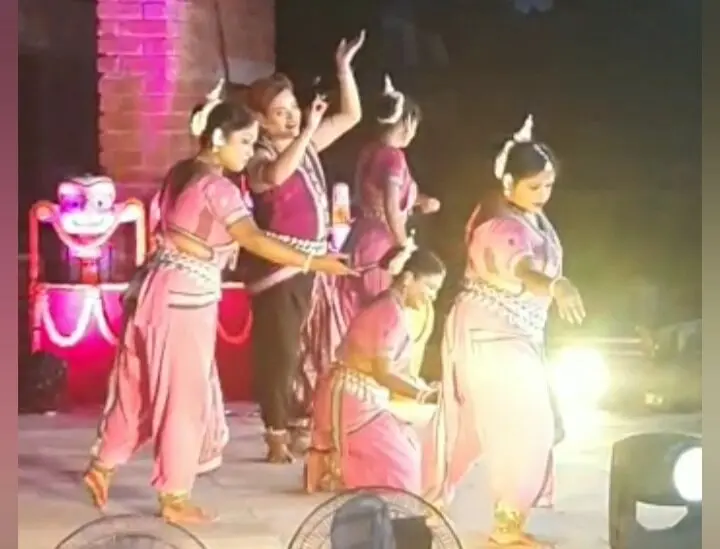
Kuru Sabha Tale Suni… Draupadi Ra Janana
Koti Vastra Dei Hele… Lajya Kala Barana
Through the divine dance of Saswat, I witnessed the pivotal moment when Krishna arrived to save her from the clutches of Dushasana. As the torment dissolved, Draupadi’s spirit ignited with an unwavering determination. It was a magical transformation, witnessing her solemn vow to bring an end to the entire Kuru lineage.
Despite my limited grasp of the language after a decade in Odisha, the brilliance of the artists, the captivating melodies of the background score, and the passionate intensity of their performance etched this day permanently into the depths of my memory.
Unveiling the rich tapestry of Odissi
Odissi, an ancient classical dance form originating from the temples of Kalingadesa (present-day Odisha), has transcended boundaries and captivated diverse cultures. It was the sole Indian dance form featured in Michael Jackson’s iconic song “Black and White” in 1991. The esteemed IIT Bhubaneswar has integrated Odissi into its curriculum, and the Oxford Odissi Centre in the UK works to promote and preserve this cherished art.
Its rich origins can be traced back to the ancient form known as ‘Odhra Magadha,’ as documented in Bharata Muni’s Natya Shastra treatise and evidenced by archaeological evidence. Despite a decline from the 16th century AD until India’s independence, Odissi experienced a remarkable resurgence, propelling it into the global phenomenon it is today.
Odissi harmoniously blends the dynamic footwork of tandava, representing power and masculinity, with the graceful poses and fluid movements of lasya, representing beauty and femininity, all infused with the devotion of bhakti.

Nuances of the performance
The dance-drama genre of art form involves abhinaya (expressions), mudras (gestures), body movement, stances, and bhangas (body bends). Accompanied by traditional Odissi music, often featuring verses from the Gita Govinda or Odia literary texts, each performance encapsulates a specific emotion or mood, drawing from the navarasas (nine emotions) of the story. With 63 hastamudras categorised into asamyukta, and samyukta hastamudras , the dancers skillfully convey a rich tapestry of expressions. The dance form encompasses two major stances: the chowk, characterised by a square-shaped, assertive posture, and the tribhanga, a tri-bent pose at the neck, waist, and knees in an elegant S-shape.
An Odissi performance commences with the mangalacharana invocation, featuring a shloka (verse) dedicated to Lord Jagannath. This is followed by the pushpanjali (offering of flowers), bhumi pranam (salutation to mother earth), and trikhandi pranam (a three-fold greeting to deities, instructors, and the audience). The performance then unfolds with nritta, a fast-paced rhythmic dance dedicated to Lord Shiva, followed by nritya, a slower, more expressive dance-acting, natya, a team dance drama, and culminates in mokshya, the dance climax symbolising spiritual salvation.
Rich costume of Odissi
In Odissi, the dancers gracefully adorn themselves in vibrant nine-yard sarees with local silk varieties like Sambalpuri and Bomkai. Female dancers pleat the front portion of the saree, draping it to allow for flexibility and also emphasise the intricate footwork. They complement their attire with a kanchula, a form-fitting blouse, and a nibiandha, a frilled apron. The male dancers wear ankle-length dhotis, neatly pleated at the front while keeping their upper bodies bare.
Tarakasi or the silver filigree jewellery is an important part of the Odissi costume. It consists of various exquisite pieces, including kapa (ear covers), necklaces, allaka (headpiece), bahichudi (armlets), kankana (bangles), ajhoba (a three-rowed waistband with tassels), and ghunghroo (musical anklets).
The dancers enhance their feet and palms with vibrant red alta (red dye), capturing attention with their graceful movements. They accentuate their expressions with arched eyebrows and highlight their eyes with kajal, creating a captivating cupid’s bow-like effect. The hair is elegantly styled in a bun and adorned with seenthi, an accessory for the hair, while the ensemble is further embellished with a ghoba (tiara of white sholapith reed flowers), a mukut resembling a temple spire, and a tahiya (crown worn by Lord Jagannath during the Puri Rath Yatra).
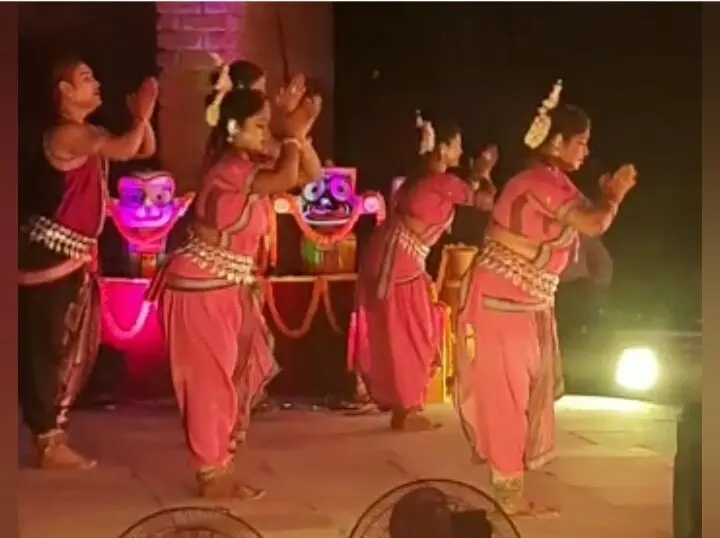
Major schools of Odissi
There are three main schools of Odissi:
- Mahari: Oriya devadasis, or temple girls, who performed religious services and dance performances dedicated to worship. Efforts are underway to modernise this style and preserve its cultural heritage.
- Gotipua: Young boys dressed as girls who perform a blend of dance, martial arts, athletics, and acrobatics, primarily for entertainment purposes. This tradition has greatly influenced the development of contemporary Odissi.
- Nartaki: Dancers who performed in the royal courts. The tradition was discontinued during the British period.
Guru Kelucharan Mahapatra played a pivotal role in establishing it as a revered classical art.
The combination of soulful expressions, graceful gestures, precise movements, and moments of stillness make the experience of watching Odissi truly “Poetry in Motion.”
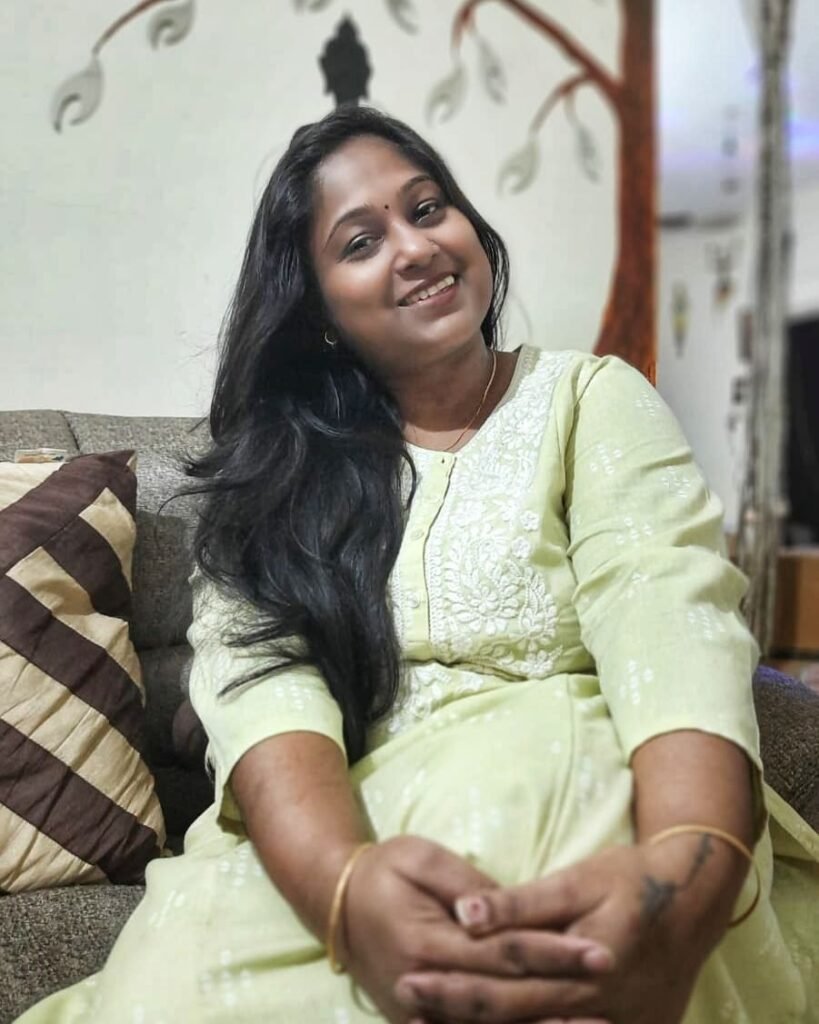
By Deepa Perumal
Deepa Perumal is an MBA student & management professional, and a passionate advocate for women’s empowerment. As a career mentor, entrepreneur, and multilingual author, she shares her insights through blogging and writing features on history, world cultures, travelogues and memoirs. Contact her at deepabperumal@gmail.com





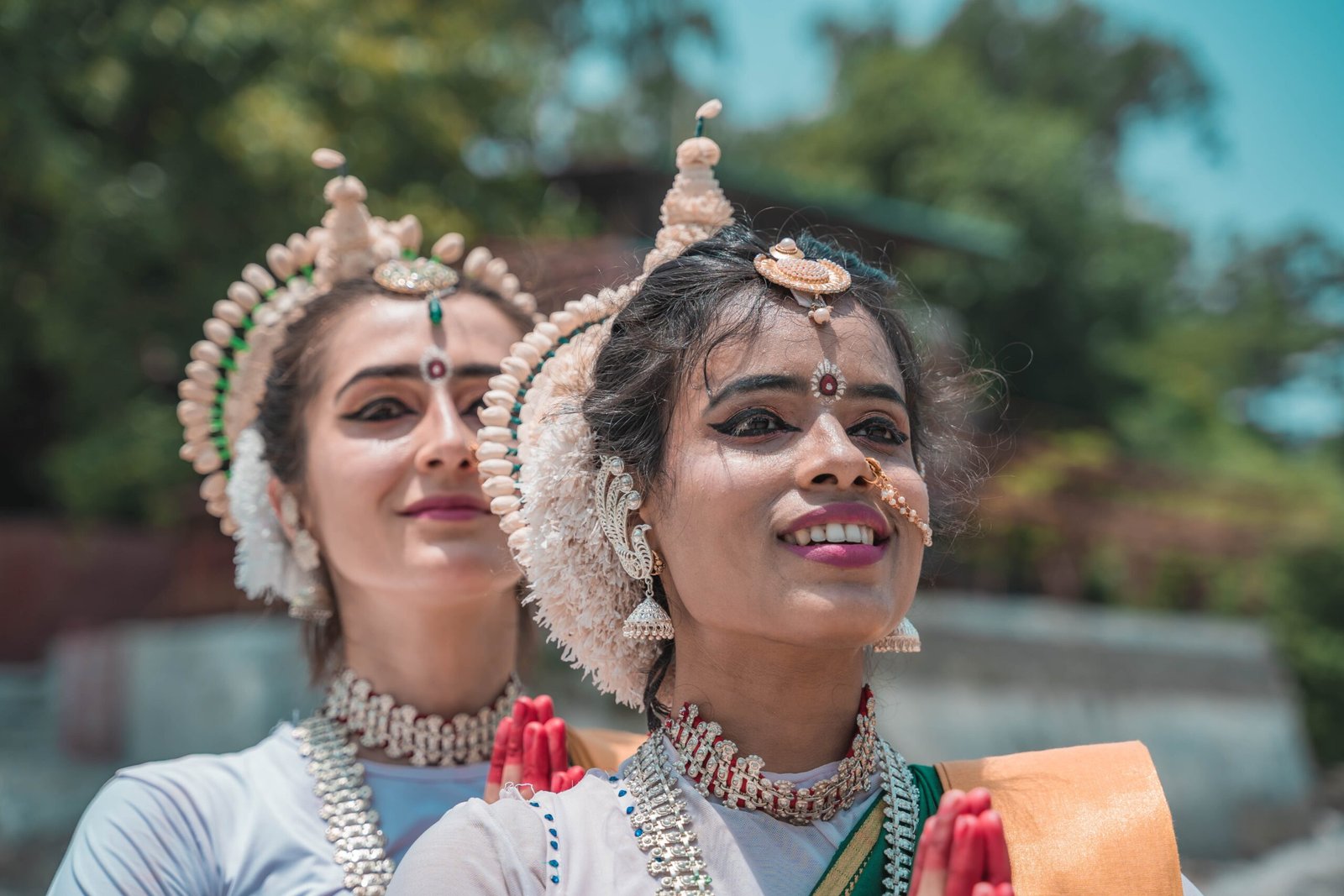
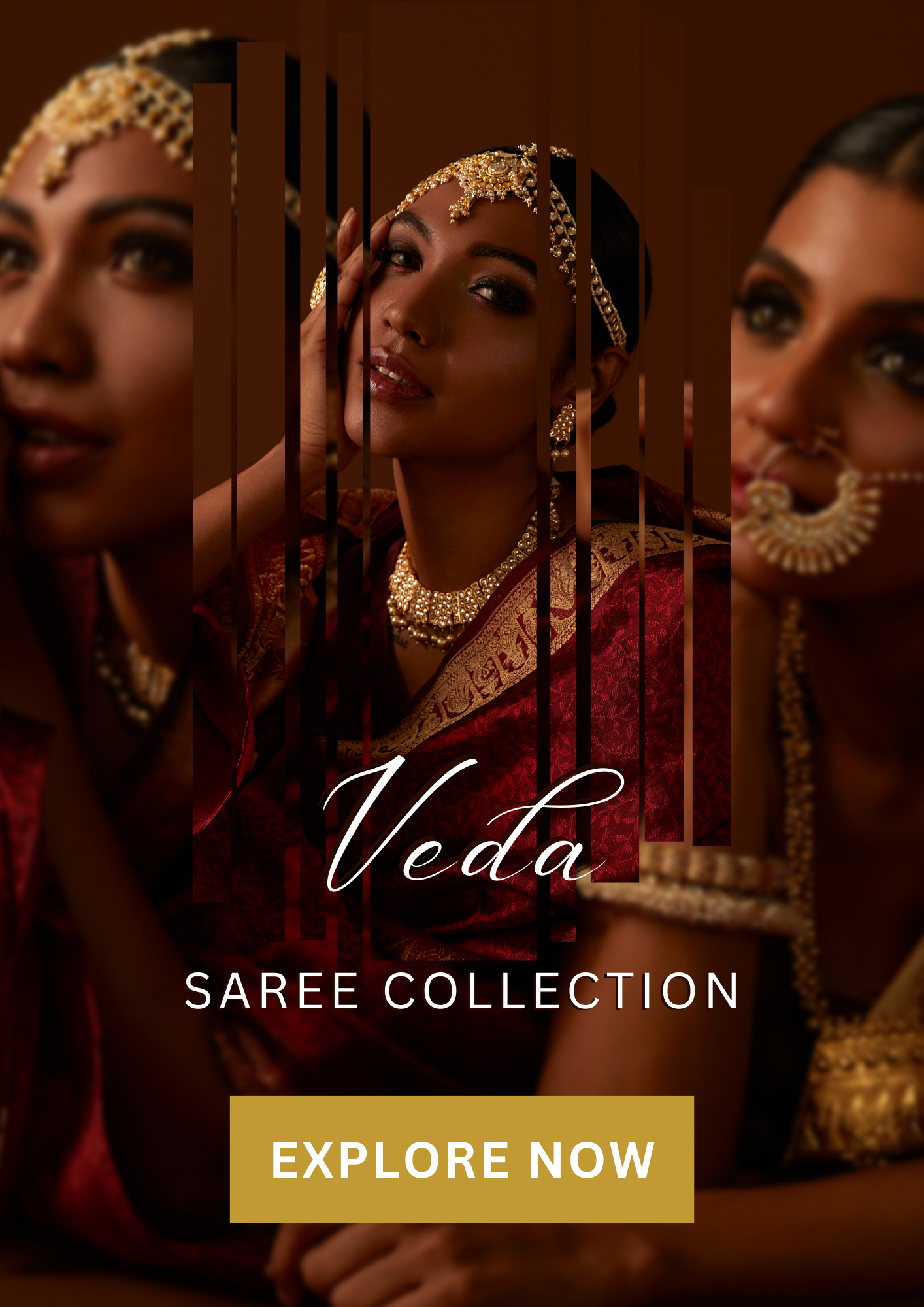
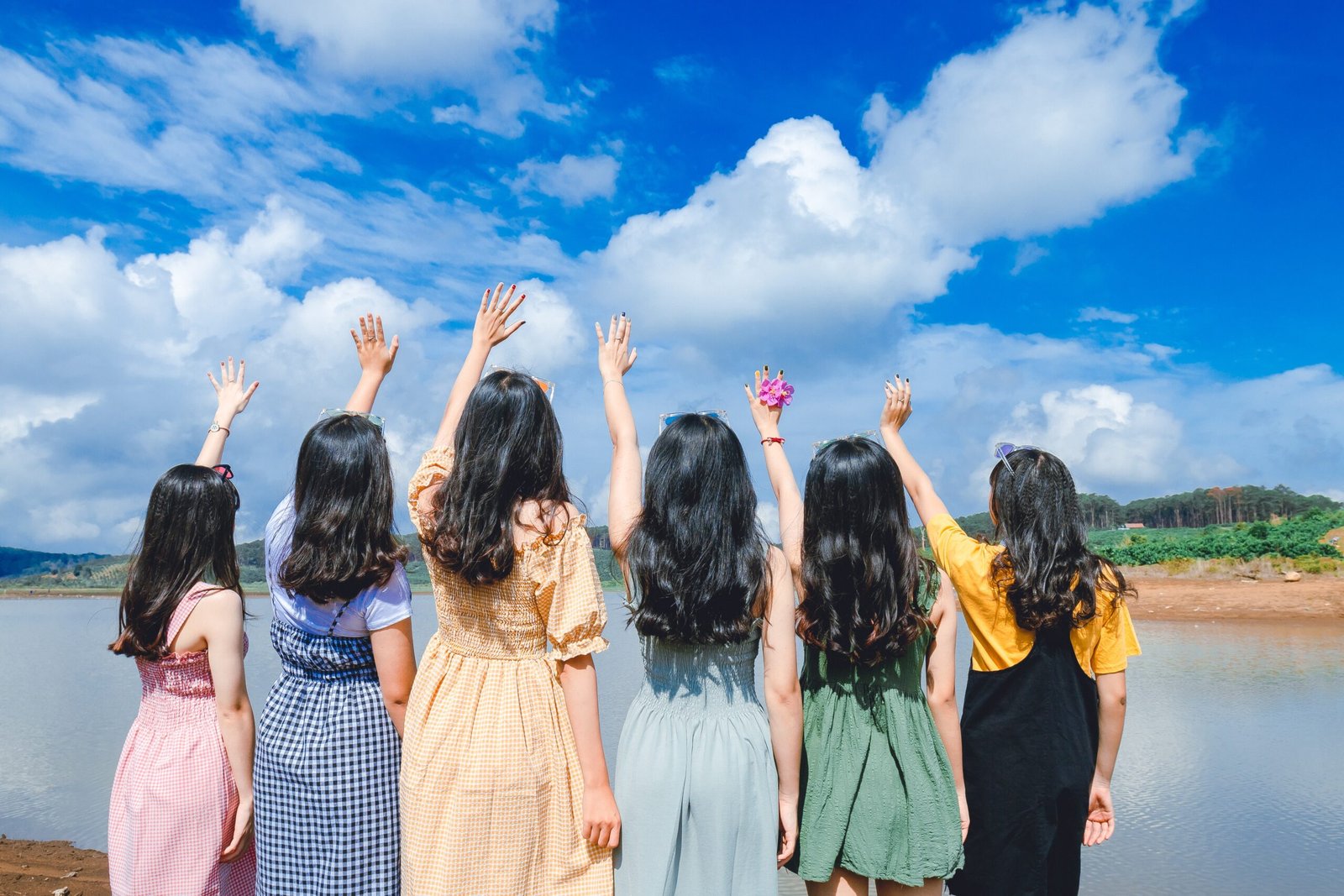

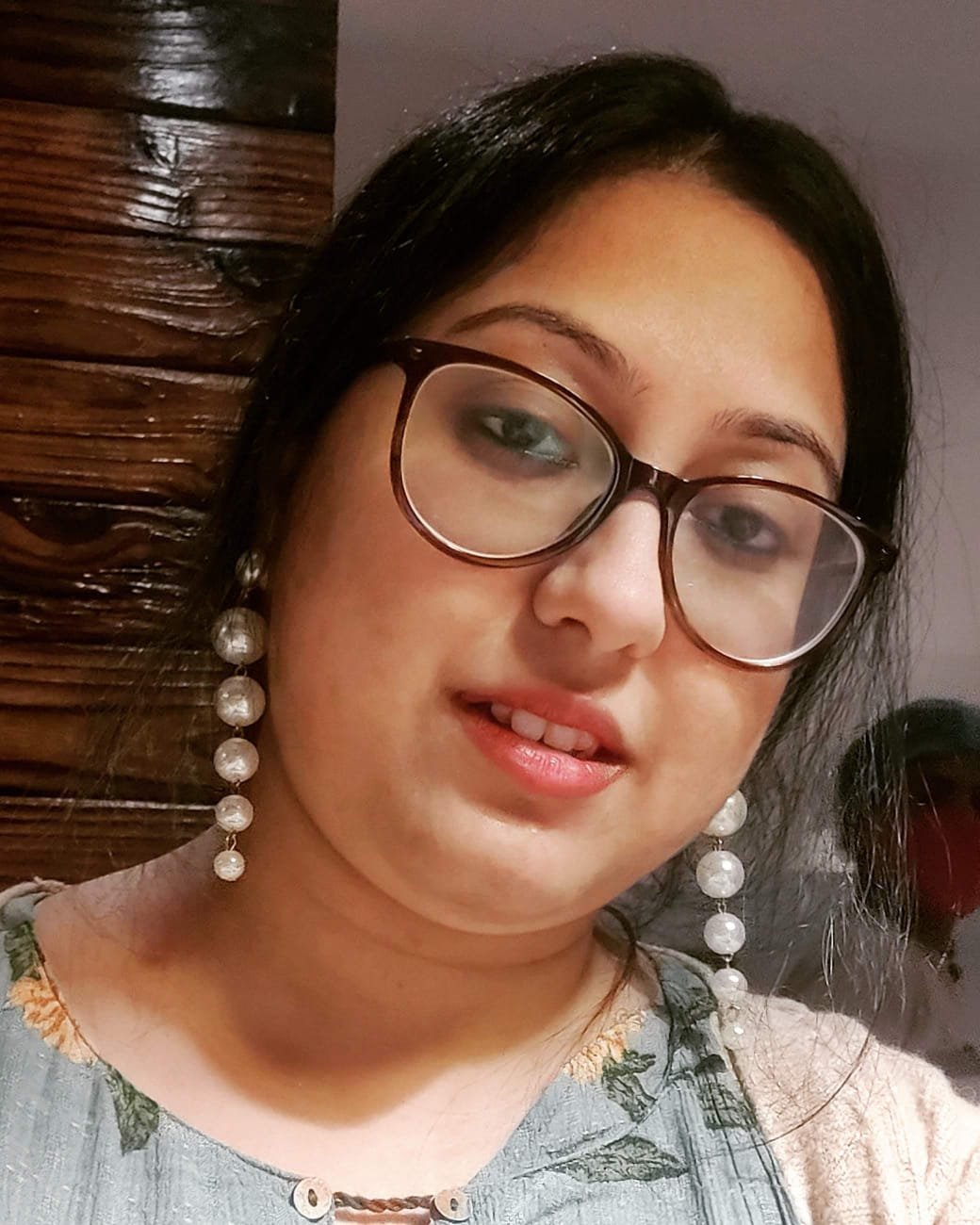
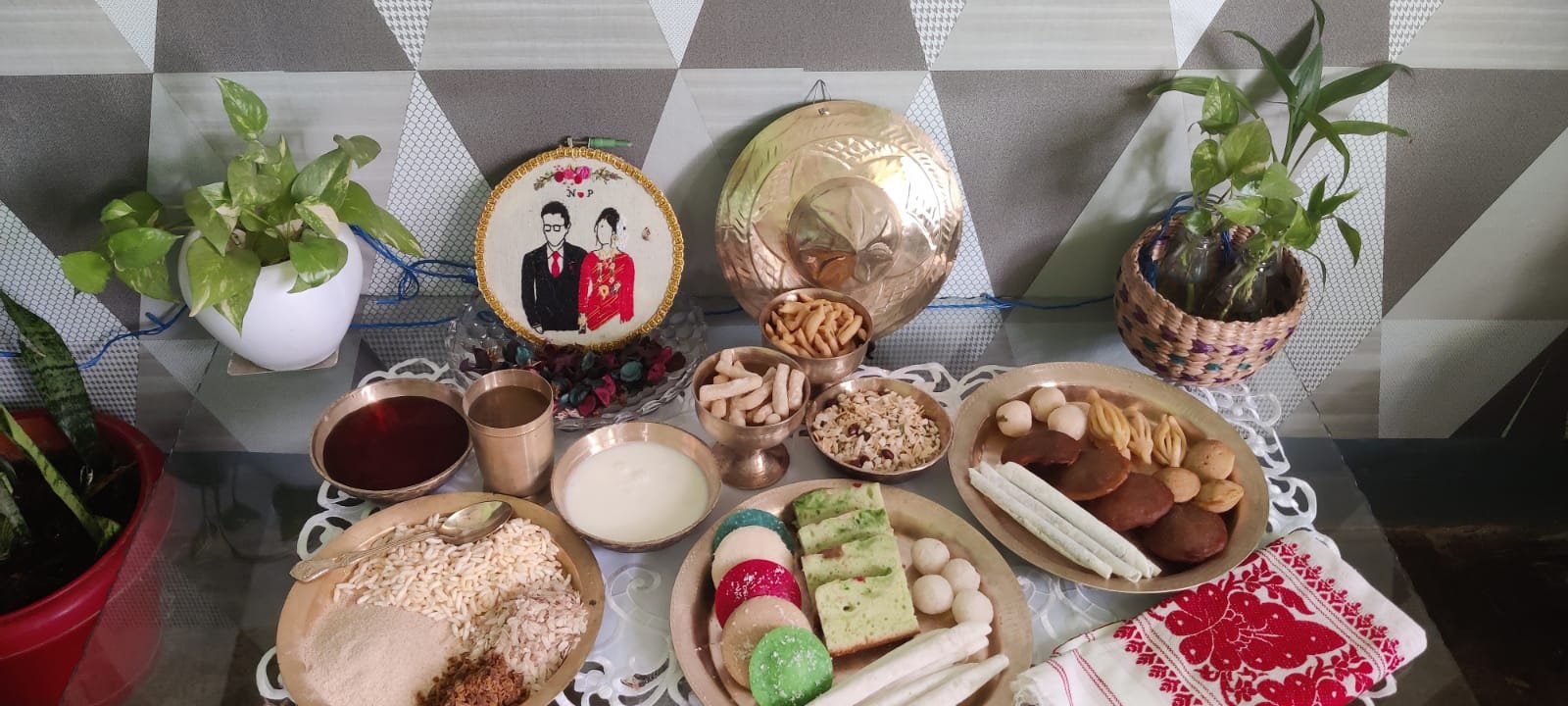
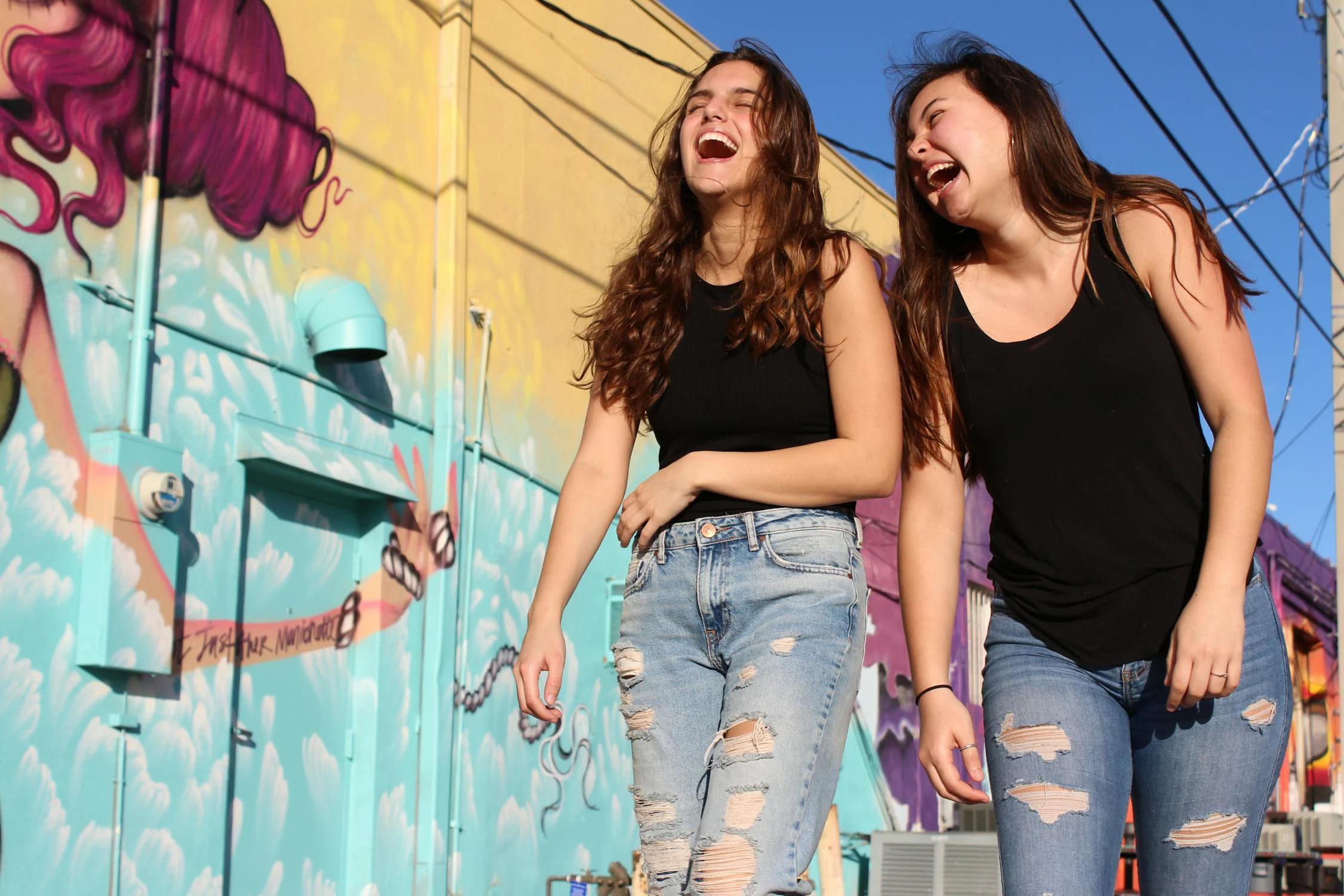

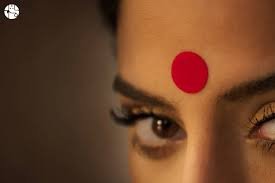
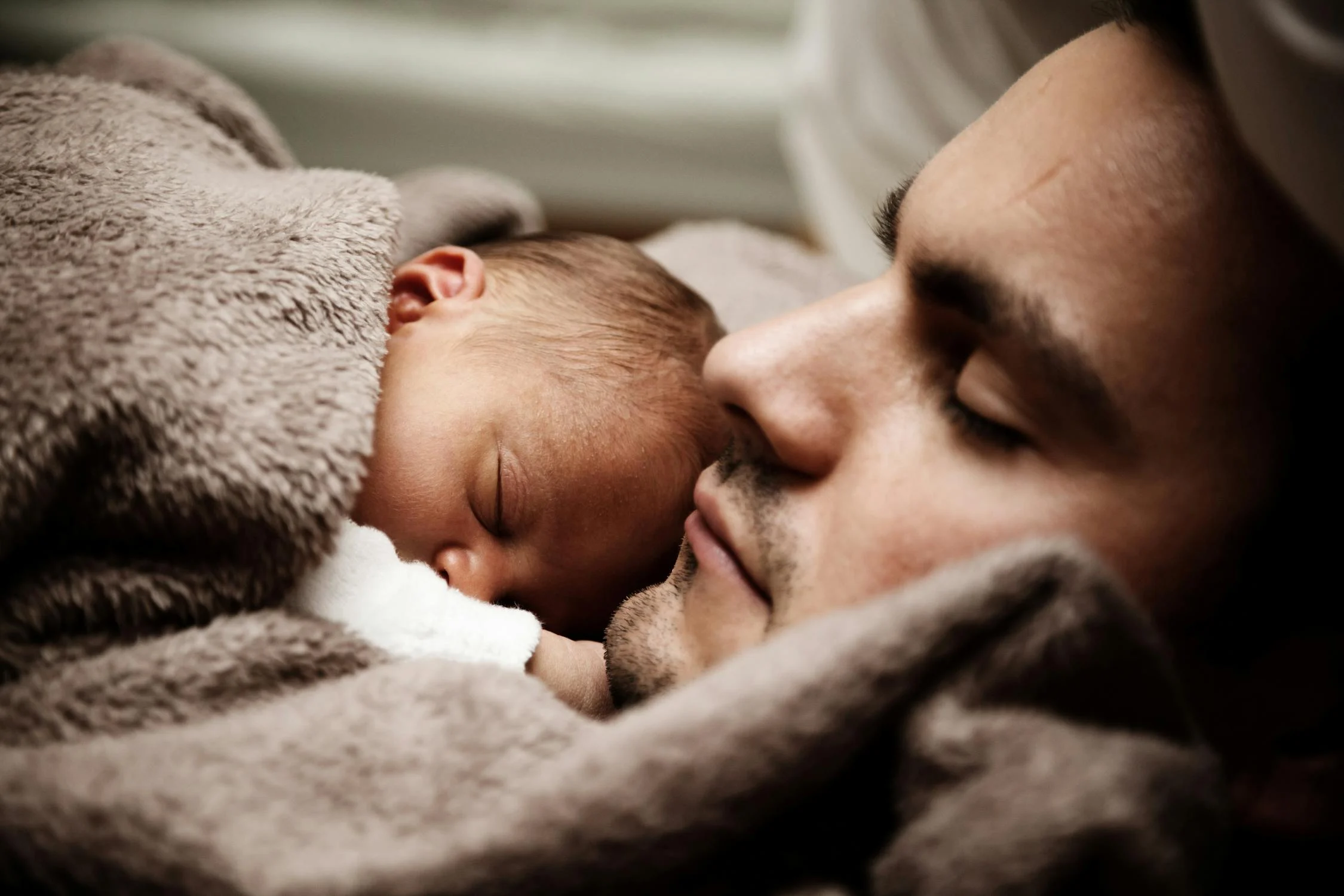

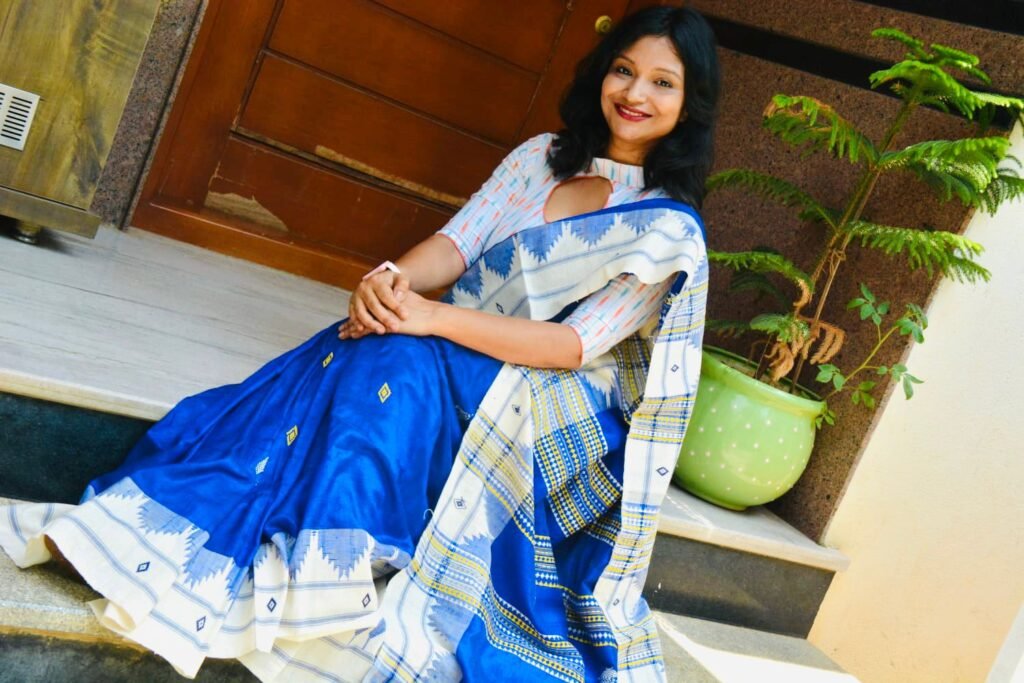
Facebook Comments